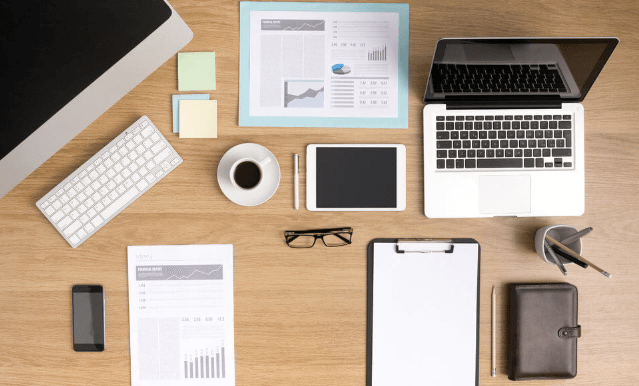Maximizing Office Efficiency: Strategies for Productivity

In today’s fast-paced work environments, maximizing office efficiency is crucial for businesses aiming to stay competitive and achieve sustainable growth. The ability to optimize productivity not only enhances workflow but also fosters a positive work culture and employee satisfaction. By implementing effective strategies, organizations can transform their workplaces into hubs of productivity. Here are several key strategies to achieve this goal:
1. Clear Goal Setting and Prioritization
Setting clear and achievable goals is fundamental to office efficiency. Establishing specific objectives provides employees with a roadmap for their tasks. Utilizing frameworks like SMART (Specific, Measurable, Achievable, Relevant, Time-bound) criteria helps in creating actionable and attainable goals. Prioritizing tasks based on urgency and importance is equally vital, ensuring that the most critical tasks receive adequate attention.
2. Effective Time Management Techniques
Time management lies at the heart of productivity. Encouraging employees to adopt time management techniques such as the Pomodoro Technique (working in focused intervals followed by short breaks), time blocking (dedicating specific time slots to tasks), or the Eisenhower Matrix (categorizing tasks by urgency and importance) can significantly boost productivity.
3. Streamlined Communication Channels
Effective communication is essential for a productive workplace. Implementing efficient communication tools like Slack, Microsoft Teams, or project management platforms minimizes the time spent on unnecessary meetings and emails. Encouraging clarity and brevity in communication can prevent misunderstandings and boost productivity.
4. Encouraging Regular Breaks and Mindfulness Practices
Recognizing the importance of breaks in maintaining focus and preventing burnout is critical. Encourage employees to take regular breaks to recharge. Mindfulness practices, brief meditation sessions, or short walks can rejuvenate the mind and improve overall focus and productivity.
5. Task Delegation and Collaborative Work Culture
Delegating tasks effectively and fostering a collaborative work environment can significantly enhance productivity. Understanding team members’ strengths and skills enables efficient task allocation. Promoting teamwork and collective problem-solving cultivates a sense of shared responsibility, driving productivity.
Read also Step Up Your Marketing Game: Innovative Floor Graphics for Trade Shows and Events
6. Leveraging Automation and Technology
In today’s fast-paced world, time is of the essence, and businesses are continuously seeking ways to streamline processes and increase efficiency. One way to do this is by identifying repetitive and time-consuming tasks that can be automated using technology. Luckily, with the help of Intel NUC, there are several tools you can leverage to automate your processes.
From task schedulers that can automatically run regular tasks to automated emails that can automatically send responses to routine requests, these tools can help you save time and reduce errors. You can also leverage workflow automation software to simplify complex processes, making it easier to manage tasks and ensure everything runs smoothly.
7. Continuous Learning and Development Initiatives
Investing in continuous learning programs supports skill development and keeps employees updated with industry trends. Regular training sessions and skill enhancement programs empower employees to work more efficiently and adapt to evolving work scenarios.
8. Optimizing Workspace and Ergonomics
A cluttered and disorganized desk can be a major hindrance to productivity, causing distractions and reducing focus. However, a well-organized workspace can significantly improve productivity levels. It’s important to encourage employees to take the time to declutter their workstations and set up an ergonomic setup that suits their specific needs.
This not only enhances focus but also reduces fatigue caused by sitting in awkward positions and staring at computer screens for extended periods. Creating a comfortable work environment is crucial to ensuring employees can work to the best of their abilities.
9. Regular Feedback and Performance Reviews
Regular feedback sessions and performance reviews aid in identifying strengths, and areas for improvement, and aligning individual goals with organizational objectives. Constructive feedback fosters personal growth and contributes to overall productivity.
10. Promoting Work-Life Balance
Recognizing the importance of work-life balance and supporting initiatives that facilitate it is crucial. Providing flexible work hours, remote work options (where applicable), and promoting wellness programs contribute to a healthier work-life equilibrium, resulting in increased focus and productivity at work.
In Conclusion
Maximizing office efficiency is a multifaceted endeavor that requires a combination of strategies tailored to an organization’s unique dynamics. Employing these strategies can transform a workplace, creating an environment conducive to productivity, innovation, and employee satisfaction. Embracing a culture of continuous improvement and adaptability is key to sustaining high levels of productivity in the modern workplace.





